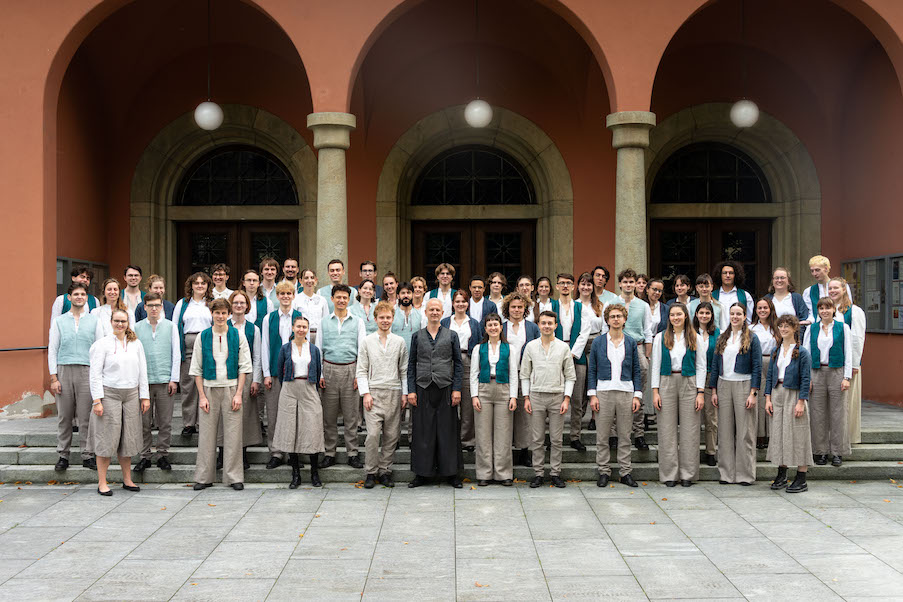Aspects of the Italian Baroque
Two musicographers with a passion for Baroque Italy present musical life in the two rival cities of Venice and Rome between 1600 and 1750.

In this luxurious yet affordable book, Olivier Lexa summarizes the various aspects of Venetian music of the Seicento and first half of the Settecento. Reading is enhanced by numerous sumptuous reproductions - including full-page and two-page spreads - of frescoes, paintings, engravings, drawings, caricatures of singers by Zanetti and palazzo interiors, all representing the art of Euterpe, so present in the Venetian fine arts of the period - some of the painters themselves proving to be fine musicians. As the chapters unfold, the journey through the Serenissima takes us back to the birth of opera, its opening to the general public, its spectacular machinery, barcarolles, sacred music, ospedali, links with the East, music in synagogues, and many other themes. As Venice began its slow, inexorable decline, it experienced a veritable artistic flowering, in total freedom (including of thought) thanks in particular to the separation of Church and State, unique in Europe at the time. This independence, vilified by Rome, led to the blossoming of a purely instrumental secular art (sonatas, then concertos), as well as cantatas and operas. Opening lyric theaters to the general public was part of the desire of the oligarchies at the head of the Republic to demonstrate their opulence.
-

Antonio Maria Zanetti: Farinelli cartoon
The difference with Rome was striking: in the thalassocracy, priests were allowed to take part in operas, convents could stage them at home and young girls were allowed to sing in church, whereas in Rome women were forbidden not only to take part in the liturgy, but also in opera (female roles were mainly played by castrati) and theater - even female puppets were banned!
There are no illustrations in Patrick Barbier's book on Baroque Rome, but rather a detailed and colorful account of the musical and artistic life of the Eternal City. Drawing on chronicles written by Romans of the time, travelers' accounts, correspondence and memoirs, the author also evokes the city and its society in a fascinating dive into daily life in the Urbs remodeled by Bernini and Borromini, a city full of contrasts where pontifical absolutism and nepotism reigned - a family's fortune was assured as soon as a pope was born into it. While some pontiffs were liberal and encouraged the arts (starting with Urban VIII, the poet, and Clement IX, who was an opera librettist), others were devoutly hostile: Rome's first public opera house was even demolished on the pretext of inciting vice. However, the city where the oratorio was born was not insensitive to the attractions of the profane and the carnival. Even when prelates were forbidden to attend secular shows, they did so hidden behind grilles.
The pomp and pageantry of the Counter-Reformation's theatricalization of the faith sometimes had nothing to envy the most dazzling of spectacles. While the Pontifical Chapel remained frozen in Palestrinian conservatism and confined itself to a restricted repertoire, the Giulia Chapel, which enlivened St. Peter's Basilica, was open to Baroque music and spectacular polychoral spatializations, including in particular a distant "choir of angels" placed at the base of the dome, 50 meters above the ground. Other large churches and congregations had smaller choirs, but these could increase on important occasions to monumental proportions (eight, ten or even twelve choirs). As for private palaces, they were not to be outdone, and music was given pride of place by the extraordinary and extravagant Christine of Sweden, as well as the cardinal patrons Pamphilj and Ottoboni.
Olivier Lexa, La Musique à Venise de Monteverdi à Vivaldi, 200 p., € 35.00, Actes Sud, Arles 2015, ISBN 978-2-330-05700-8
Patrick Barbier, Voyage dans la Rome baroque. Le Vatican, les princes et les fêtes musicales, 288 p., € 19.00, Grasset, Paris 2016, ISBN 978-2-246-80885-5










